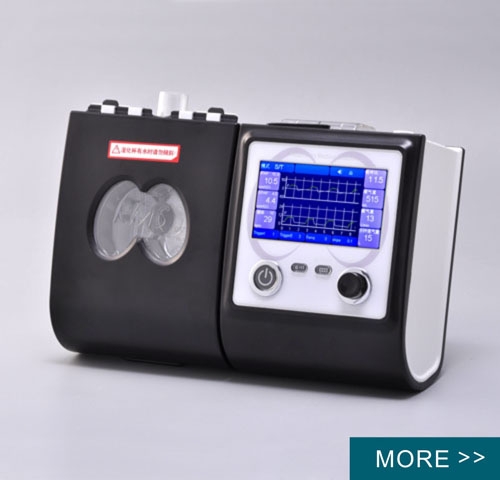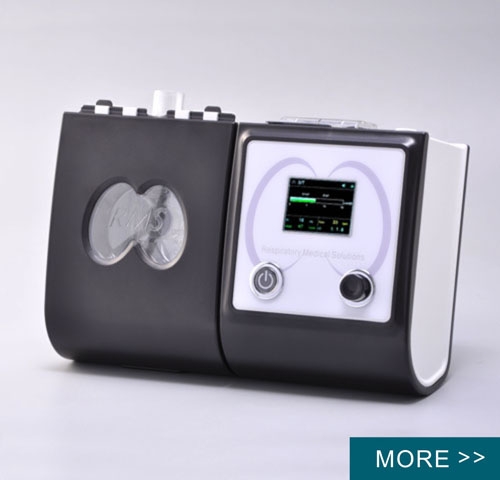- Email solutiomedica@gmail.com
- Mobile No +91 - 9919003377, 9919001464
SLEEP TECHNOLOGIST ADVICE
Polysomnography is a test conducted to study sleep and to diagnose a variety of sleep disorders. Some people refer to Polysomnography (PSG) as a sleep study. Sleep technologists perform the tests which are typically conducted in hospitals, at home, or dedicated sleep clinics.
Polysomnography is used not only to help diagnose a variety of sleep disorders, but also to learn whether adjustments to treatment plans are needed or if the current treatment plan is effective. The sleep study itself provides specific information to sleep technologists (through equipment and observation), including:
Of course, all of this is done while patients are sleeping. Once the information is gathered, as a sleep technologist, you will often be the first to evaluate and chart the information gathered during the PSG test.
Some of the sleep disorders polysomnography may diagnose include:
What are sleep disorders and how common are they?
Sleep disorders are conditions that prevent a person from getting restful sleep and, as a result, can cause daytime sleepiness and dysfunction. There are approximately eighty different types of sleep disorders. About 70 million Americans suffer from them.
The most important sleep disorders are:
Insomnia is a sleep disorder in which people have difficulty falling or staying asleep. People with insomnia have one or more of the following symptoms:
Insomnia varies in how long it lasts and how often it occurs. About 50 percent of adults experience occasional bouts of insomnia and 1 in 10 suffers from chronic insomnia. Insomnia can occur by itself or can be associated with medical or psychiatric conditions. Insomnia can be short-term (acute or adjustment insomnia) or can last a long time (chronic insomnia). It can also come and go, with periods of time when a person has no sleep problems. Acute or adjustment insomnia can last from one night to a few weeks. Insomnia is called chronic when a person has insomnia at least three nights a week for a month or longer.
Sleep apnea is a potentially serious sleep disorder that occurs when a person's breathing is interrupted during sleep. People with untreated sleep apnea stop breathing repeatedly during their sleep.
There are two types of sleep apnea: obstructive and central.
Restless legs syndrome (RLS) is a sleep disorder that causes an intense, often irresistible urge to move the legs. This sensation is brought on by resting such as lying down in bed, sitting for prolonged periods such as while driving or at a theatre. RLS typically occurs in the evening, making it difficult to fall asleep and stay asleep. It can be associated with problems with daytime sleepiness, irritability and concentration. Often, people with RLS want to walk around and shake their legs to help relieve the uncomfortable sensation.
Narcolepsy is a neurological disorder of sleep regulation that affects the control of sleep and wakefulness. People with narcolepsy experience excessive daytime sleepiness and intermittent, uncontrollable episodes of falling asleep during the daytime. These sudden sleep attacks may occur during any type of activity at any time of the day. Some patients with narcolepsy experience sudden muscle weakness with laughter or other emotions.
Narcolepsy usually begins between the ages of 15 and 25, but it can become apparent at any age. In many cases, narcolepsy is undiagnosed and, therefore, untreated.
If you suspect that you may have a sleep disorder, discuss your symptoms with your primary care doctor. He or she can perform a physical exam and help you identify the difficulties you are having with sleep. Keeping a sleep diary for two weeks may be helpful to your doctor. Some illnesses can cause disturbed sleep, so your doctor may order tests to rule out other conditions.
If your doctor suspects that you have a sleep disorder, he or she may refer you to a sleep disorder clinic. A sleep specialist will review your symptoms and may suggest that you undergo a sleep study.
A sleep study or polysomnogram (PSG) is a multiple-component test that electronically transmits and records specific physical activities while you sleep. The sleep study can be done at home (home sleep testing) for select patients. The recordings become data that are analyzed by a qualified physician to determine whether or not you have a sleep disorder.



